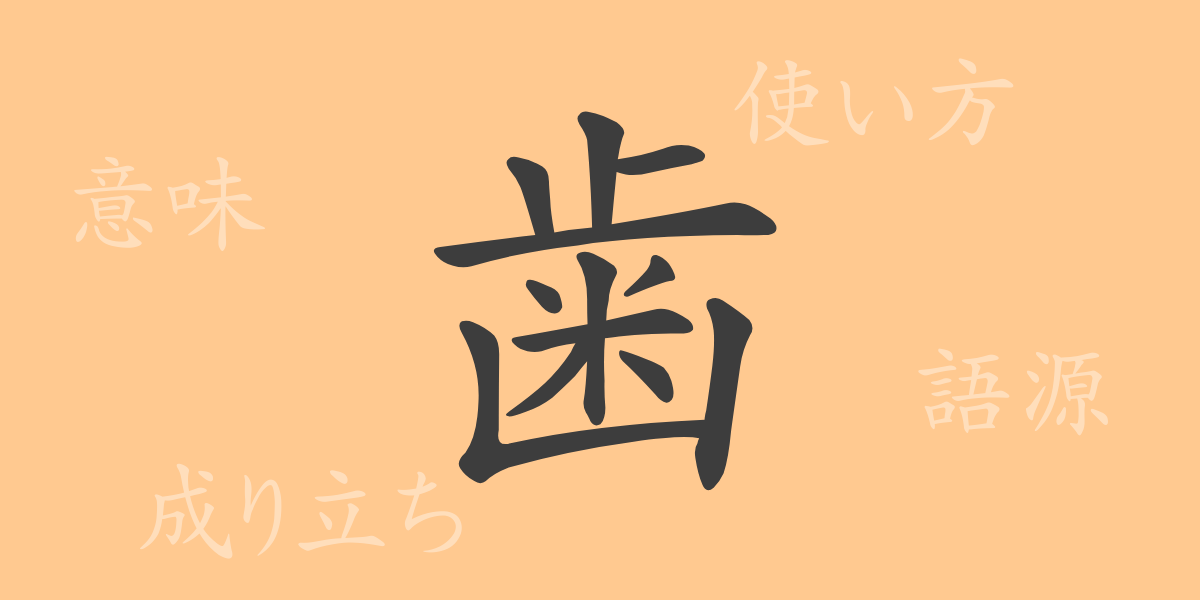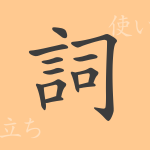Essential to our daily lives, “歯(は)”—teeth—play crucial roles not only in eating but also in creating a beautiful smile. However, what history and meaning are embedded in this small “歯(は)”? In this article, we will delve into the origins, meanings, uses, readings, and even idioms and proverbs associated with the Japanese kanji “歯(は)”.
Origin of 歯(は) (Etymology)
The kanji “歯(は)” is said to have derived from pictographs. In ancient Chinese oracle bone script, it mimicked the actual shape of teeth, gradually evolving into the kanji we use today. Given the fundamental role teeth play in human life, this character has been in use since ancient times.
Meaning and Usage of 歯(は)
The kanji “歯(は)” refers to the hard structures in the mouths of humans and animals. More broadly, it can also denote the teeth of gears or the serrated edges of objects. It is widely used in various contexts, such as in “歯医者(はいしゃ)” (dentist), “歯磨き(はみがき)” (tooth brushing), and “歯車(はぐるま)” (gear).
Readings, Stroke Count, and Radical of 歯(は)
Here are the basic details related to the kanji “歯(は)”:
- Readings: The on’yomi (音読み) is “シ”, and the kun’yomi (訓読み) is “は”.
- Stroke count: It consists of 12 strokes.
- Radical: The radical is “歯部(はへん)”.
Idioms, Phrases, and Proverbs Using 歯(は)
There are numerous idioms, phrases, and proverbs in Japanese that include the kanji “歯(は)”. Here are a few examples:
- 歯に衣着せぬ(はにころもきせぬ): Speaking frankly without hesitation.
- 歯が立たない(はがたたない): Being unable to cope with or solve something.
- 一刻を争う(いっこくをあらそう): In an urgent situation where every moment counts. Here, “刻(こく)” refers to the teeth of a gear marking time.
Conclusion on 歯(は)
The kanji “歯(は)” represents an essential element closely tied to our lives. Its shape has given rise to various meanings and uses, making it a frequently used kanji in Japanese. To maintain a healthy body, we should take care of our “歯(は)” daily through proper oral hygiene.

























